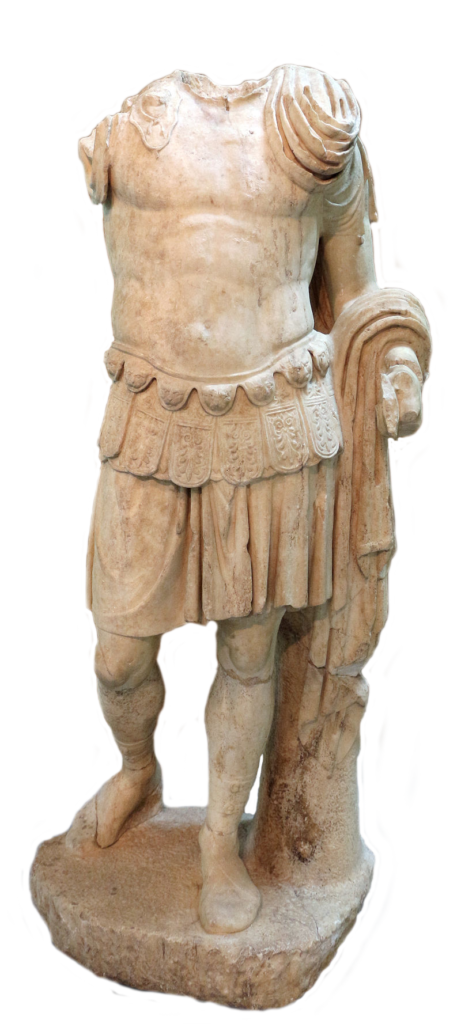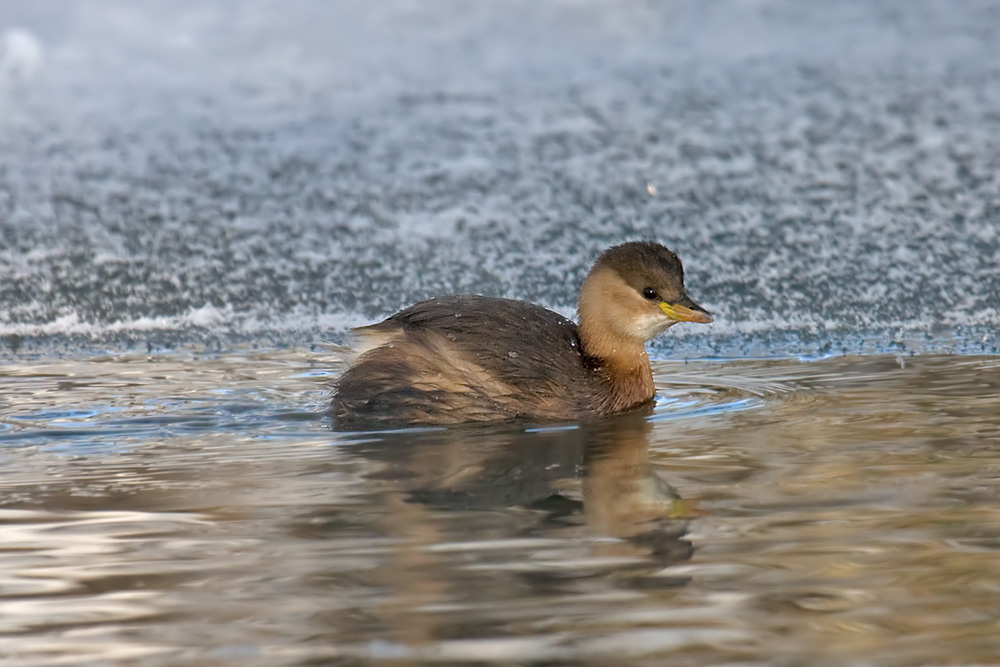Inhabited since prehistoric times, Buthrotum was a city of the Epirote tribe of the Chaonians, later a Roman colony and a bishopric. It entered into decline in Late Antiquity, before being abandoned during the Middle Ages after a major earthquake flooded most of the city. In modern times it is an archeological site in Vlorë County, Albania, some 14 kilometres south of Sarandë and close to the Greek border. It is located on a hill overlooking the Vivari Channel and is part of the Butrint National Park.
The city is considered one of the most important archaeological sites in Albania. On the strength of the immense wealth of cultural, historical and natural value with a considerable history, Butrint was declared a UNESCO World Heritage Site in 1992 and further a National Park in 2000.

